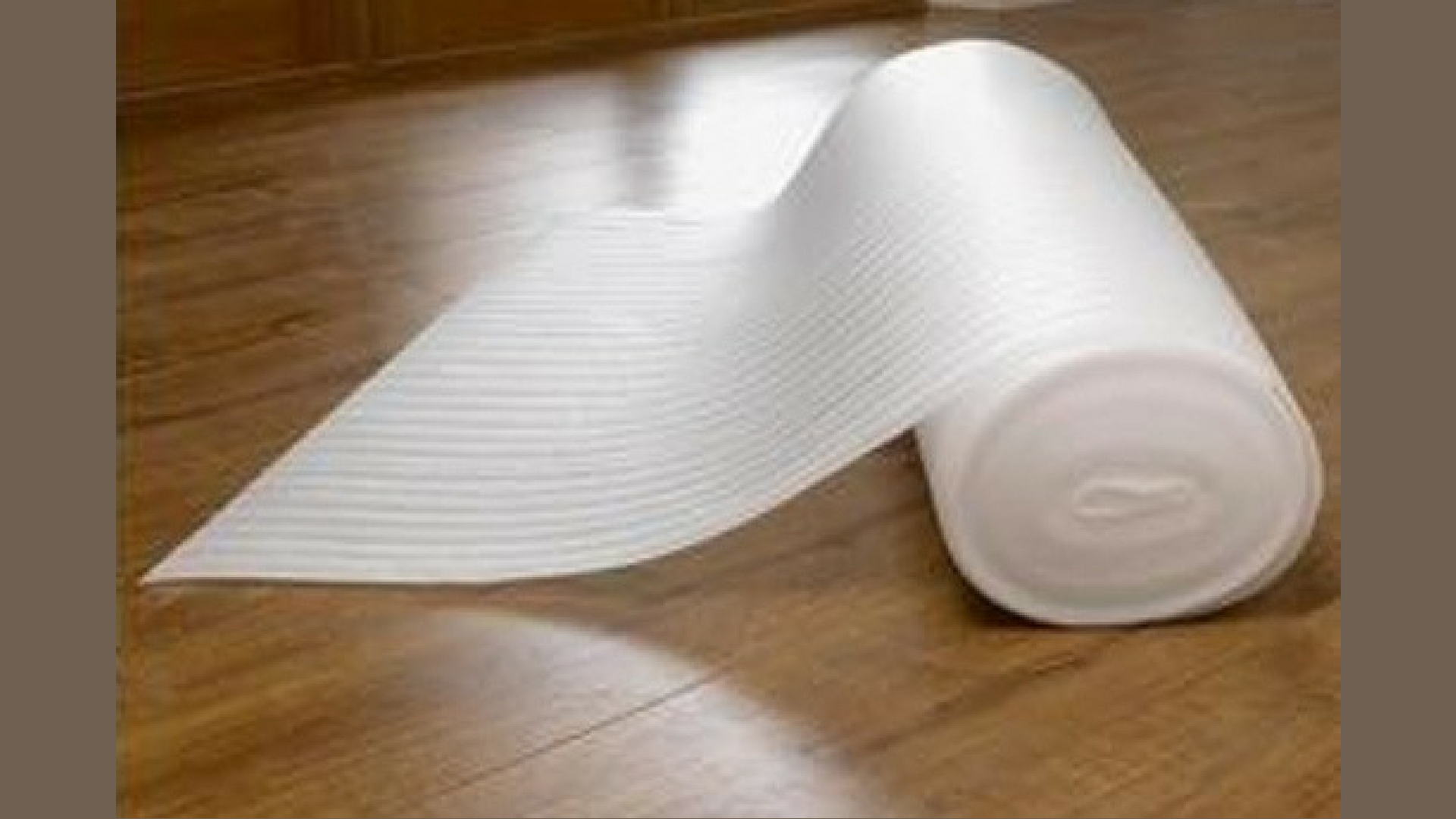What are resists? Which materials can you use for resists?
Aug 14, 2023WHAT ARE RESISTS?
By definition, a resist is anything you use between two pieces of wool to prevent that they felt with each other. In other words, you need to use a resist when you want to make a hollow object.
Only after the flat piece is created can you shape it into a 3D object. So, if you want to felt a 3D piece, your first step is to imagine how you will go from 2D to 3D.

The resist is only used during the felting process. When the wool starts shrinking, the resist starts curling up inside, and it must be removed. This is usually the moment when you initiate the fulling process.
You can have a resist:
- for the whole piece (like for a hat, bag, slippers) or
- for a part of the piece (like for a pocket or a surface design).
MATERIALS FOR RESISTS
One of the most important things when using a resist is the choice of materials.
It has to be something that doesn’t felt onto wool, otherwise it’ll attach to the layers, instead of doing its job, which is to separate them. It should also be flexible enough to work with.
The 3 main materials used are cardboard, thin plastic, and floor underlayment.
- CARDBOARD is not something I use, because we work with water, so you can only use it once. It’s also not very malleable, so it’s a bit hard to work with.
- THIN PLASTIC is something I use sometimes. It’s malleable but it’s hard to feel through a thick piece of felt. So, I only use it when I’m felting thin pieces.
- FLOOR UNDERLAYMENT is my favorite resist material. It’s thicker than plastic but it’s still flexible. It’s also sold in wide rolls, so it allows you to draw resists for big felt pieces.



But this is how I like to work. My suggestion is that you try them out and see what works for you.
BONUS: HOW DO I FIND MY RESIST INSIDE THE FELT?
If you’re a beginner felt maker, you might be having issues finding the resist inside your felted piece. So, here are a couple of tips to help you.
- Keep your felt flat at all times while felting with a resist. You should only start working on the shape of the piece after you’ve removed the resist. This way, you know where the resist is. Its edges define the edges of the felt. So, it’s impossible not to find it.
- Use a material that is adequate for the thickness of your felt. If you’re creating a thick piece of felt, don’t opt for a thin plastic. It will be impossible to feel it through the felt. Instead, choose a piece of thick flooring underlayment or even something like a rubber mat. This way, you’ll always be able to feel your resist through the felt.
- See if you can lay out your wool without closing the felt. Working with an open shape will not only create better looking felt edges, but it’ll also make your life easier when removing the resist.
Get fresh tips, video instructions, news about class registrations, as well as exclusive early bird offers directly into your inbox.

